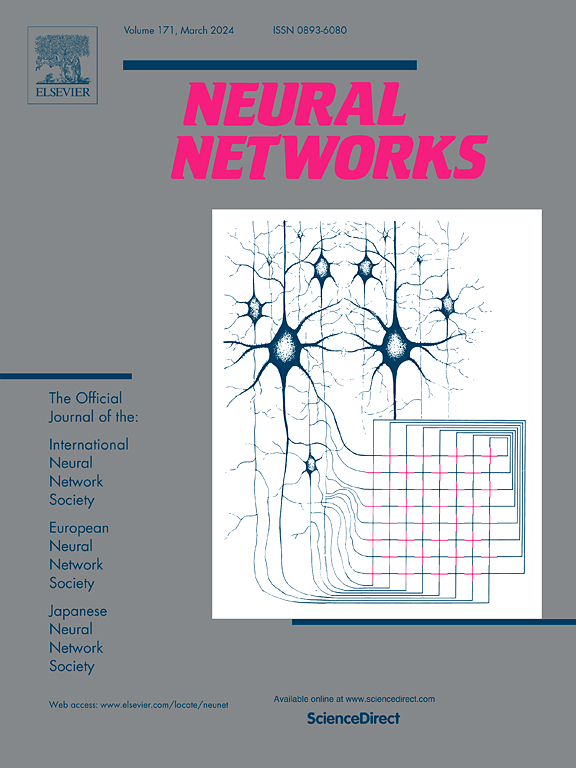Hierarchical feature-guided prototypical network for few-shot knowledge graph completion
IF 6
1区 计算机科学
Q1 COMPUTER SCIENCE, ARTIFICIAL INTELLIGENCE
引用次数: 0
Abstract
Few-shot knowledge graph completion (FKGC) aims to predict missing triples for unseen relations by observing several associated reference entity pairs. Current methods address this task by learning relation prototypes from the direct neighborhoods of corresponding reference pairs and then computing the feature similarity between the relation prototype and query triples. However, exploiting only direct neighborhoods of entities may lose some representative entity features, leading to unreliable relation prototypes. Moreover, existing methods usually assume that all feature dimensions of entities contribute equally to calculating feature similarity, ignoring the different roles of entity features in dealing with different task relations. To solve these issues, we propose a novel hierarchical feature-guided prototypical network (HPNet) for few-shot knowledge graph completion. HPNet consists of two main components: a hierarchical neighbor encoder to capture more abundant entity features by simultaneously incorporating direct and distant neighborhood information, and a feature-guided prototype learner to compare query triples with relation prototypes along task-relevant feature dimensions by considering different importance of entity features. In this way, our model is able to generate more reliable prototypes and make comparisons in a more effective manner. Extensive comparisons to related works demonstrate the superiority of the proposed HPNet.
基于分层特征引导的知识图补全原型网络
少射知识图补全(FKGC)旨在通过观察几个相关的参考实体对来预测未见关系的缺失三元组。目前的方法是通过从对应引用对的直接邻域中学习关系原型,然后计算关系原型与查询三元组之间的特征相似度来解决这一问题。然而,只利用实体的直接邻域可能会失去一些代表性的实体特征,导致不可靠的关系原型。此外,现有方法通常假设实体的所有特征维度对计算特征相似度的贡献相同,忽略了实体特征在处理不同任务关系时的不同作用。为了解决这些问题,我们提出了一种新的分层特征引导原型网络(HPNet),用于少镜头知识图的补全。HPNet由两个主要部分组成:一个是分层邻居编码器,通过同时结合直接邻域和远邻域信息来捕获更丰富的实体特征;一个是特征引导的原型学习者,通过考虑实体特征的不同重要性,沿着任务相关的特征维度来比较查询三元组和关系原型。通过这种方式,我们的模型能够生成更可靠的原型,并以更有效的方式进行比较。与相关工作的广泛比较表明了所提出的HPNet的优越性。
本文章由计算机程序翻译,如有差异,请以英文原文为准。
求助全文
约1分钟内获得全文
求助全文
来源期刊

Neural Networks
工程技术-计算机:人工智能
CiteScore
13.90
自引率
7.70%
发文量
425
审稿时长
67 days
期刊介绍:
Neural Networks is a platform that aims to foster an international community of scholars and practitioners interested in neural networks, deep learning, and other approaches to artificial intelligence and machine learning. Our journal invites submissions covering various aspects of neural networks research, from computational neuroscience and cognitive modeling to mathematical analyses and engineering applications. By providing a forum for interdisciplinary discussions between biology and technology, we aim to encourage the development of biologically-inspired artificial intelligence.
 求助内容:
求助内容: 应助结果提醒方式:
应助结果提醒方式:


